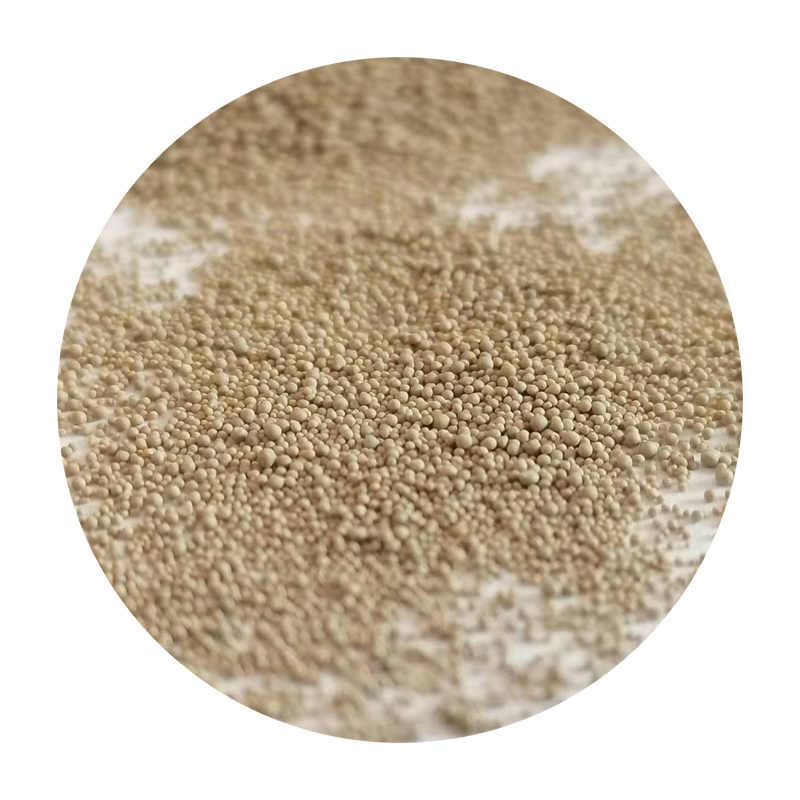 The fine grain size of the sand allows for a high level of detail and a smooth surface finish, even in complex designs The fine grain size of the sand allows for a high level of detail and a smooth surface finish, even in complex designs
The fine grain size of the sand allows for a high level of detail and a smooth surface finish, even in complex designs The fine grain size of the sand allows for a high level of detail and a smooth surface finish, even in complex designs fine casting sand. After the metal has cooled, the sand mold is broken away, revealing the casting.
Fine casting sand is not only versatile but also environmentally friendly. Recyclable and reusable, it can be reclaimed after use, reducing waste and the need for new raw materials. However, the reuse process requires careful management to maintain the sand's quality and ensure consistent casting results.
In the world of metal casting, fine casting sand is more than just a material; it's a medium that bridges the gap between concept and creation. It enables artisans and engineers to turn their ideas into tangible objects, from intricate sculptures to vital industrial components. Despite advancements in technology, the use of fine casting sand remains a cornerstone of the casting industry, a testament to its effectiveness and adaptability.
In conclusion, fine casting sand is a vital component in the intricate dance of metal casting. Its significance lies not only in its physical properties but also in its ability to foster creativity and innovation. As we continue to push the boundaries of manufacturing, the humble fine casting sand will undoubtedly remain a vital player in shaping our world, quite literally.
Post time:Jun . 23, 2024 00:38
fine casting sand. After the metal has cooled, the sand mold is broken away, revealing the casting.
Fine casting sand is not only versatile but also environmentally friendly. Recyclable and reusable, it can be reclaimed after use, reducing waste and the need for new raw materials. However, the reuse process requires careful management to maintain the sand's quality and ensure consistent casting results.
In the world of metal casting, fine casting sand is more than just a material; it's a medium that bridges the gap between concept and creation. It enables artisans and engineers to turn their ideas into tangible objects, from intricate sculptures to vital industrial components. Despite advancements in technology, the use of fine casting sand remains a cornerstone of the casting industry, a testament to its effectiveness and adaptability.
In conclusion, fine casting sand is a vital component in the intricate dance of metal casting. Its significance lies not only in its physical properties but also in its ability to foster creativity and innovation. As we continue to push the boundaries of manufacturing, the humble fine casting sand will undoubtedly remain a vital player in shaping our world, quite literally.
Post time:Jun . 23, 2024 00:38
Next:Sand Casting Process A Comprehensive Conclusion
